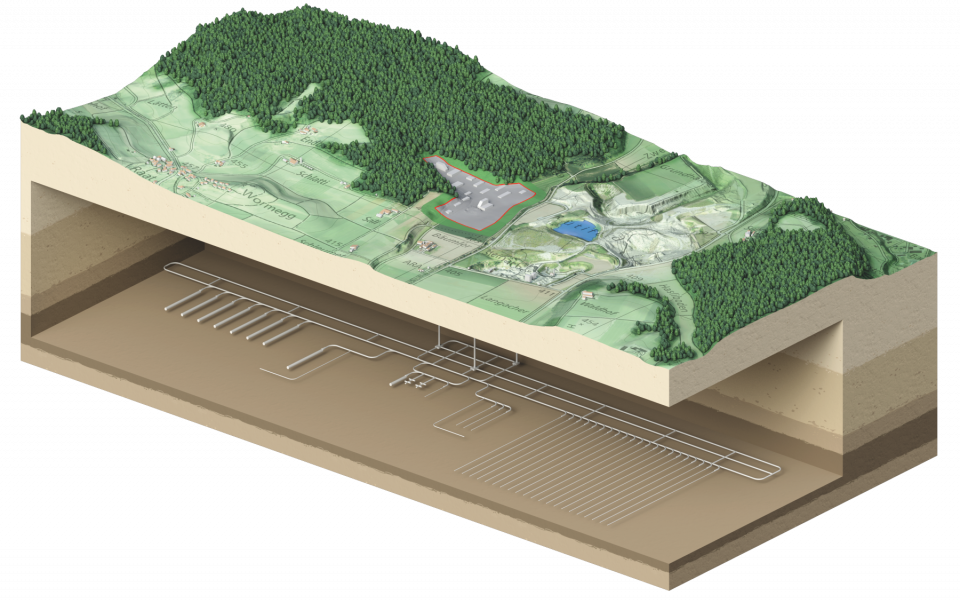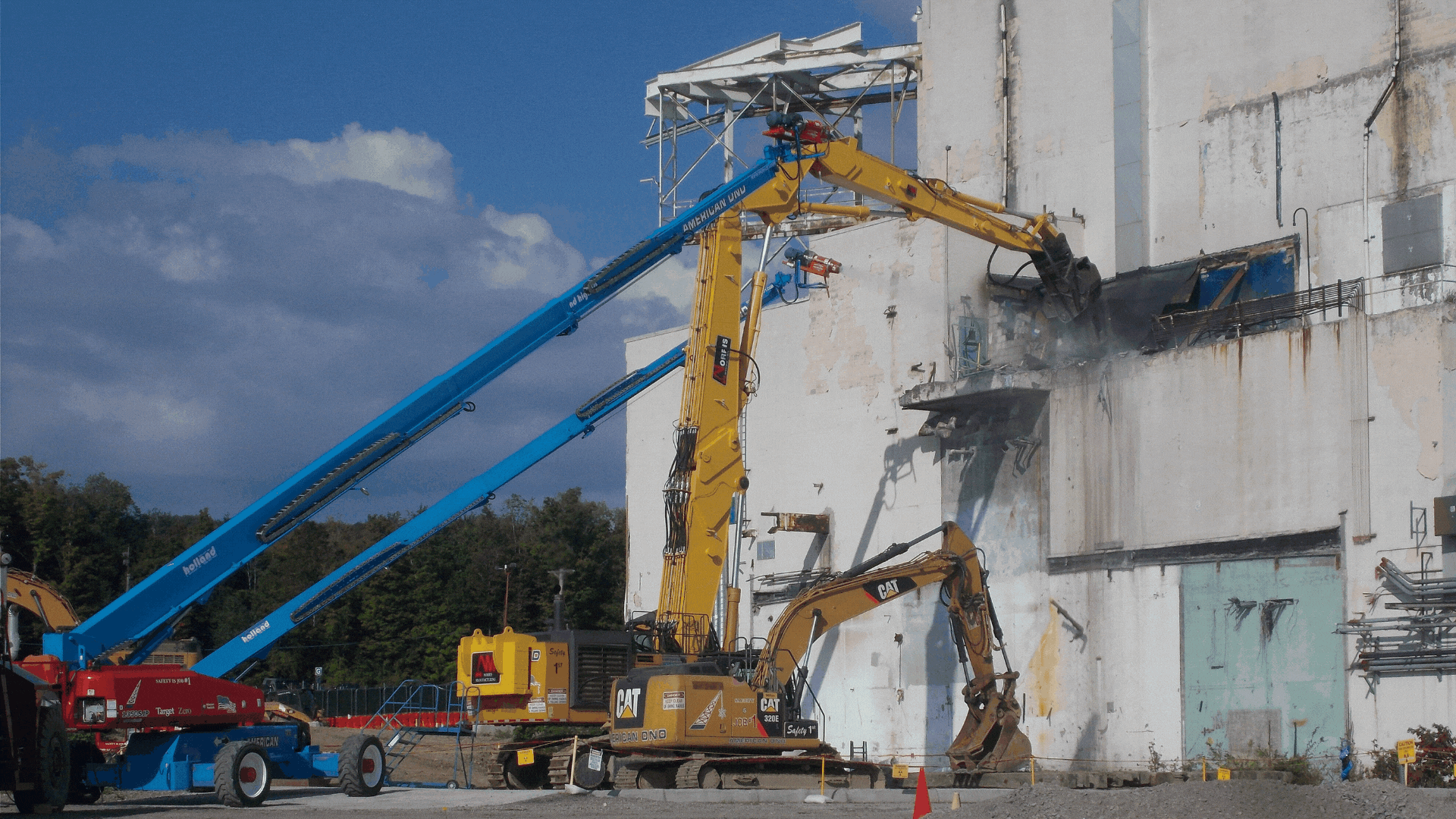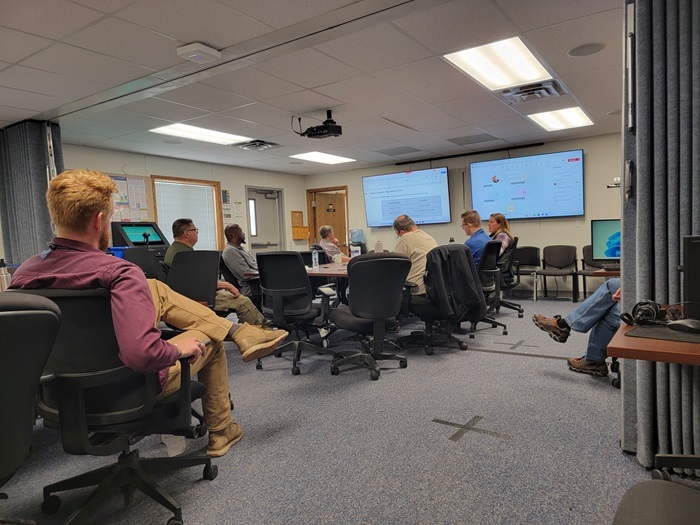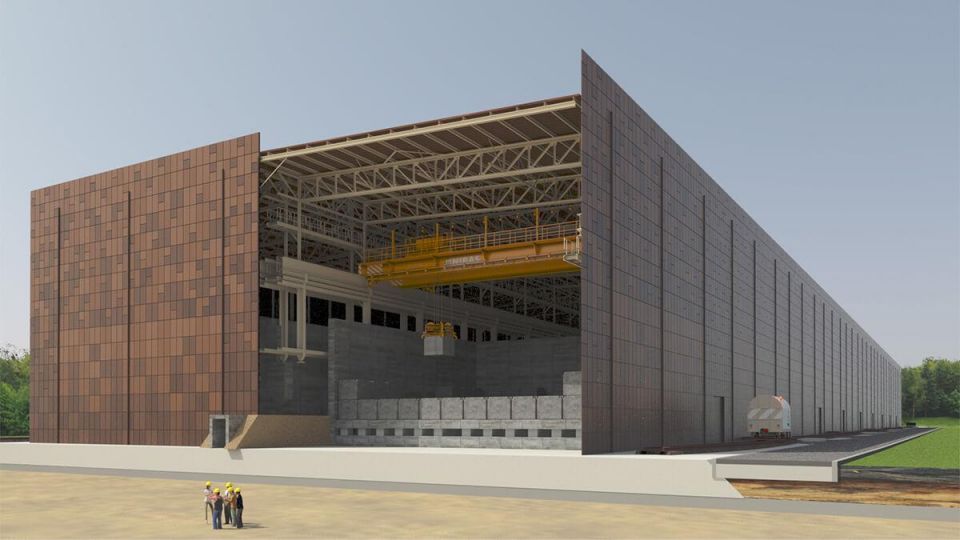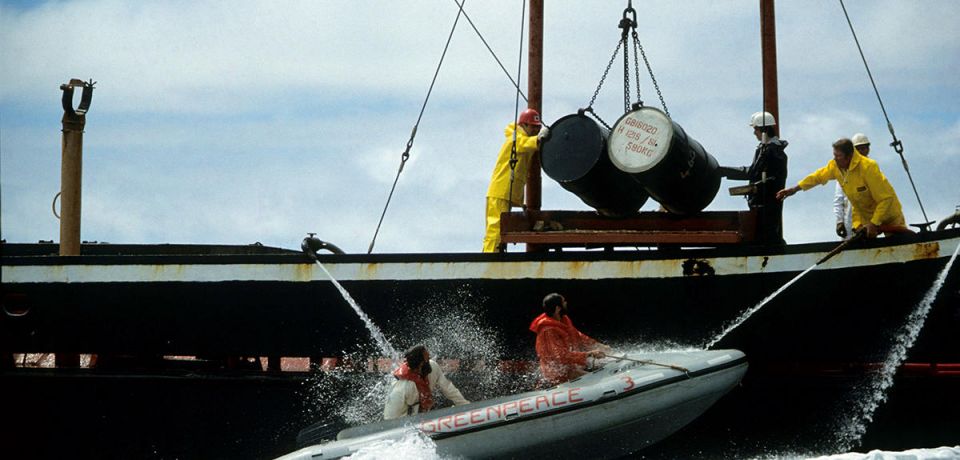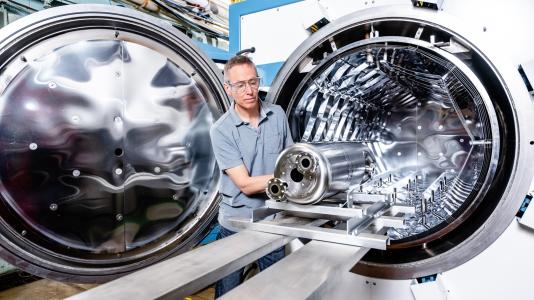Canada to site a geologic repository for ILW and nonfuel HLW

The Nuclear Waste Management Organization, the not-for-profit organization responsible for managing Canada’s spent nuclear fuel, said it will begin developing a plan for a consent-based siting process for a deep geologic repository for intermediate-level and nonfuel high-level radioactive waste.



